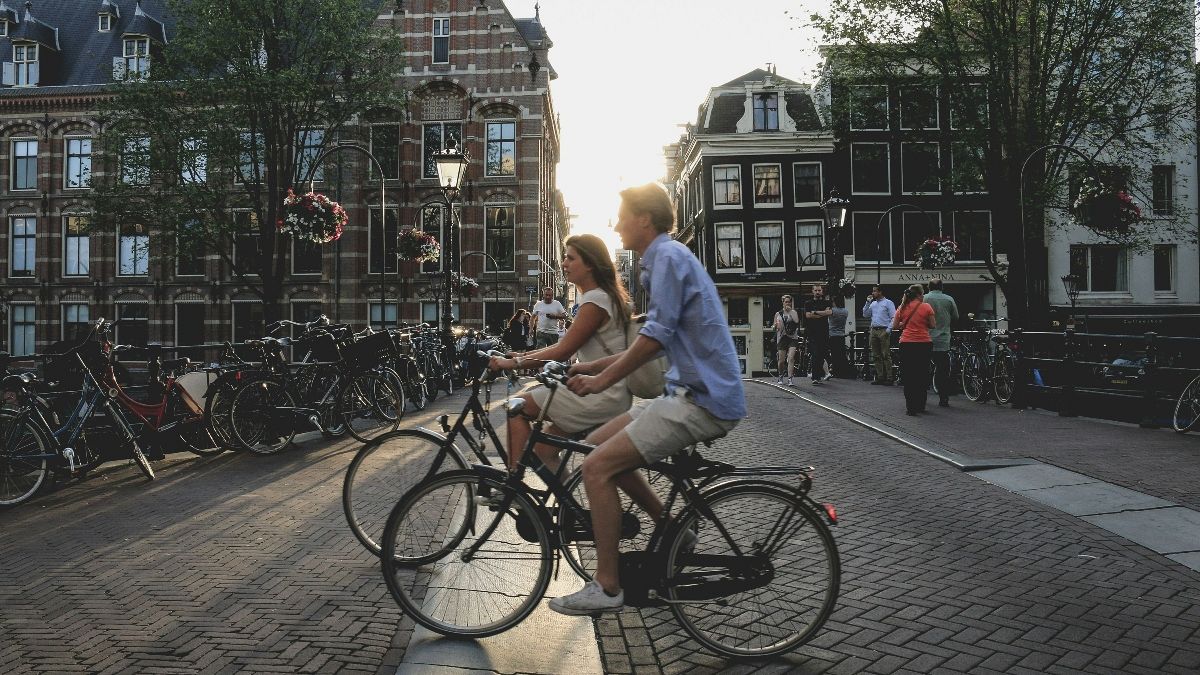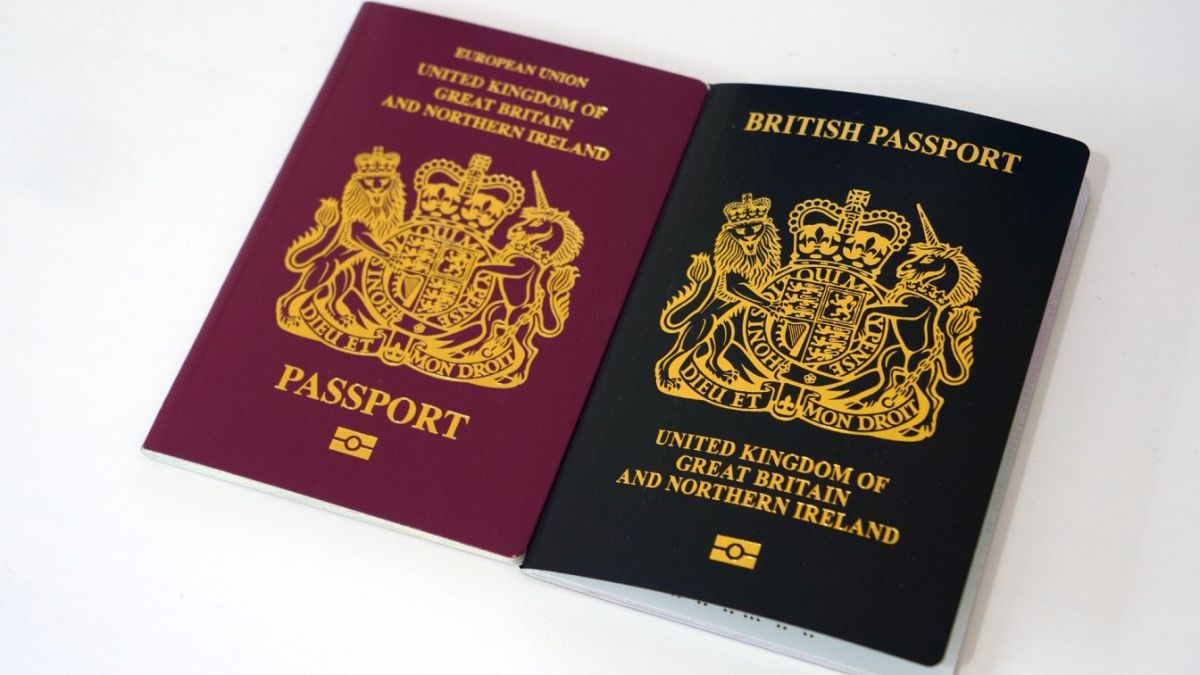Frequent cyclists: How do different European cities compare?

The number of cyclists across European cities has been released: Why are the figures so low?
For years now, the European Commission has been actively calling for citizens to “use their own energy”. Active mobility is well known as not only a significant way to save energy, but also to boost physical and mental health.
Cycling is one of the best ways to go about this but, according to new findings, relatively few people across Europe use a bicycle as a regular form of transport.
The sixth edition of the Commission’s report on the quality of life in European cities published results from a survey undertaken in 2023.
It quizzed more than 70,000 European citizens from 83 cities in the EU, the United Kingdom, Norway, Switzerland, the Western Balkan countries and Turkey on a wide range of aspects of daily life.
The report touches on a variety of topics, including housing, financial stability, healthcare, the availability of green spaces and, naturally, transport.
What did the report reveal about the rate of cycling in Europe?
Across the 83 cities surveyed, only a very few have a high share of daily cyclists, with even fewer counting cycling as a relevant transport mode.
On average, across all cities, bicycles are used as mode of transport by just 14 per cent of respondents.
Interestingly, their use tends to decline as cities get bigger. In a place with fewer than 250,000 people, around 16 per cent of residents say they cycle on a typical day. That figure drops to 14 per cent in cities which are home to between 1 and 5 million inhabitants.
Just three European cities reported that more than 35 per cent of their residents use a bike on a daily basis.
They are Groningen and Amsterdam in the Netherlands and Copenhagen in Denmark – and all three have fairly low populations.
In those locations, the relatively high usage of bikes has a knock on effect on public transport. In the survey, people recorded less satisfaction with the systems than in other cities.
It is exclusively northern European countries – cities in Belgium, Sweden, Finland, Austria and Germany – which round out the top 10 list for most prolific cyclists.
At the other end of the scale, southern and eastern European countries have the fewest daily cyclists. Rome recorded just 5 per cent of its population as daily cyclists, while only 6 per cent of those surveyed in Belgrade and Vilnius gave the same answer.
What is behind the differing rates of cycling across Europe?
The survey revealed there are many – and various – factors at play in the levels of people cycling or otherwise.
Men were slightly more likely to say they cycled daily and, on average, the 15 to 24 age group was the most likely to use a bike – at 16 per cent – while just 13 per cent of residents aged 55 and older use bikes regularly.
Delving deeper into socio-demographic characteristics, the percentage of bike users is higher among individuals with tertiary education as well as single people, but significantly lower among retired or unemployed people.
Despite constant warnings about the dangers of climate change and its link to fossil fuels, cars are still used on a daily basis by some 48 per cent of city residents.
However, the larger the city, the fewer people use cars. In most countries featured in the report the capital city has the lowest car use overall.
Capitals tend to have the best public transport services in a country and perhaps also dissuade people from driving due to congestion and high parking costs. Other cities – like London – have introduced charges for vehicles with high emissions, something officials hope will see car usage drop off markedly.
What could encourage city dwellers to cycle more?
While it seems as if many people living in cities are wedded to their cars or public transport and others simply don’t want to “use their own energy”, cycling levels could potentially increase.
The European Cyclists’ Federation (ECF) has taken issue with the European Commission’s survey.
The ECF says “the report’s thematic scope is very broad” and has released its own data which focuses more closely on cycling itself.
In it, they say, “we could establish a clear correlation between the coverage of the main road network with separated infrastructure and cycling usage levels in the cities of the [European Commission’s] report.” In other words, cycling paths help.
The ECF is calling on leaders to push through a proposal for a European Cycling Declaration on Cycling to significantly increase safe and coherent cycling infrastructure across the continent.
Source: Euro News














